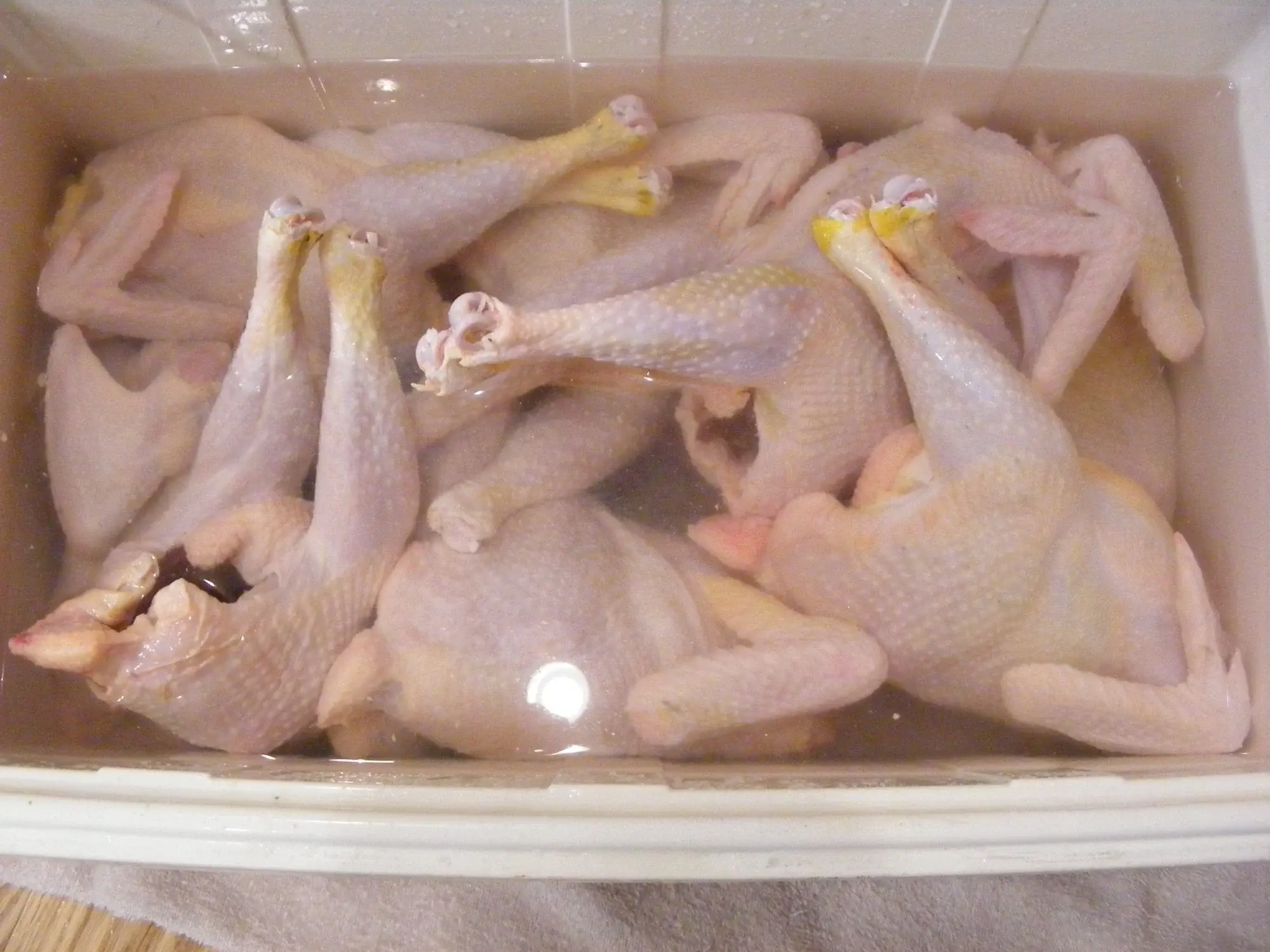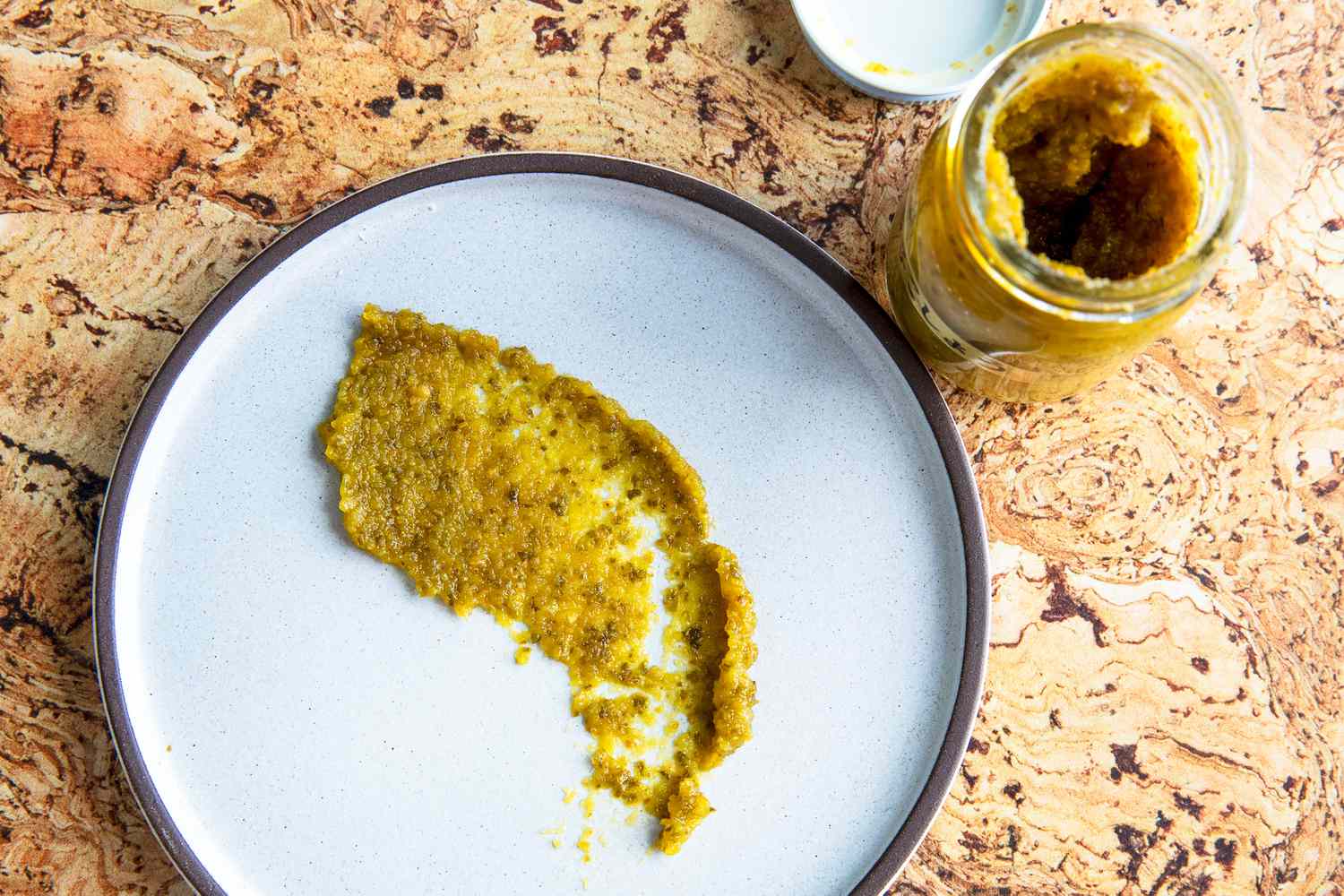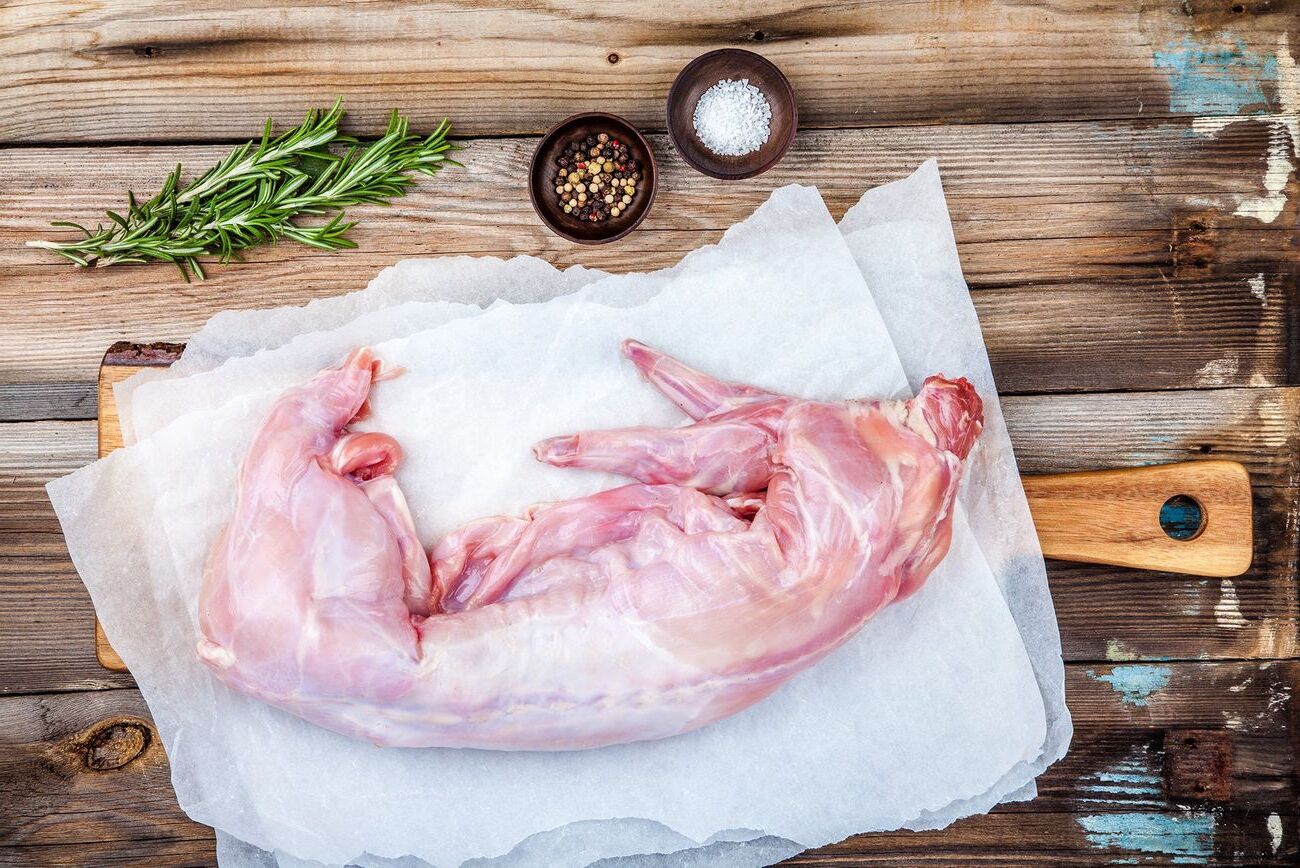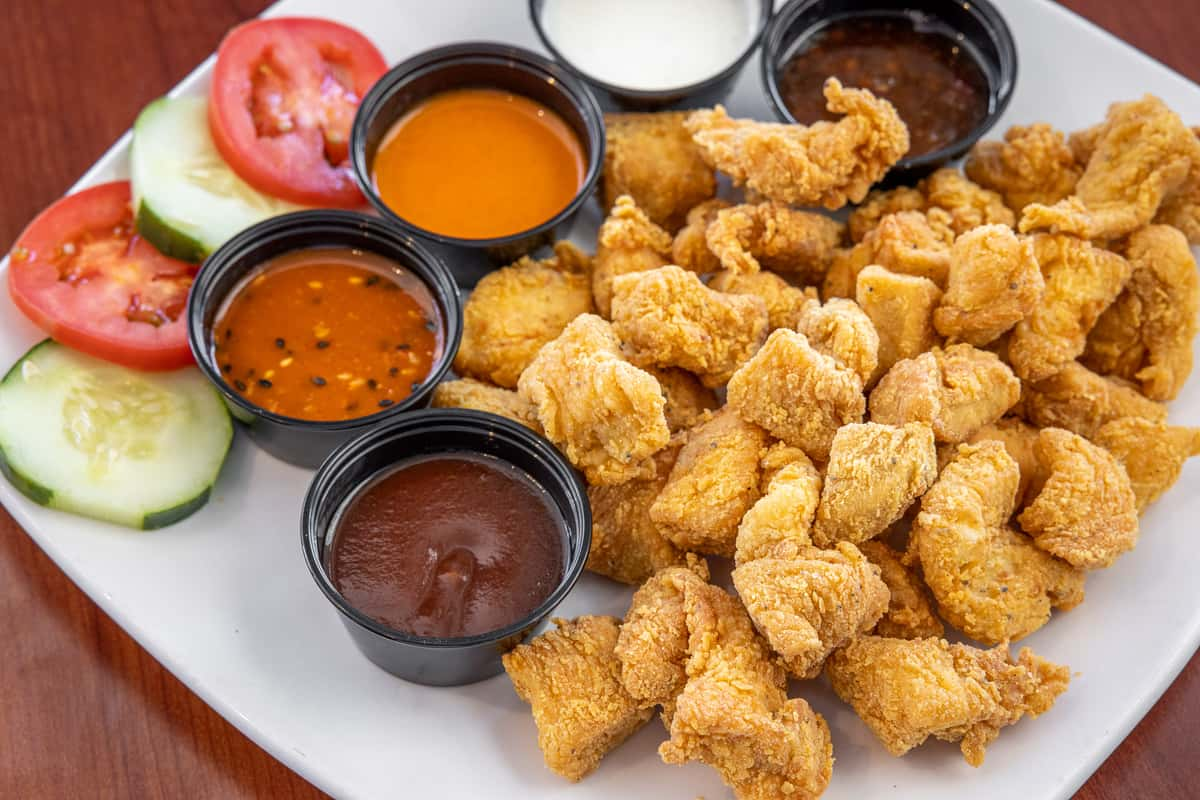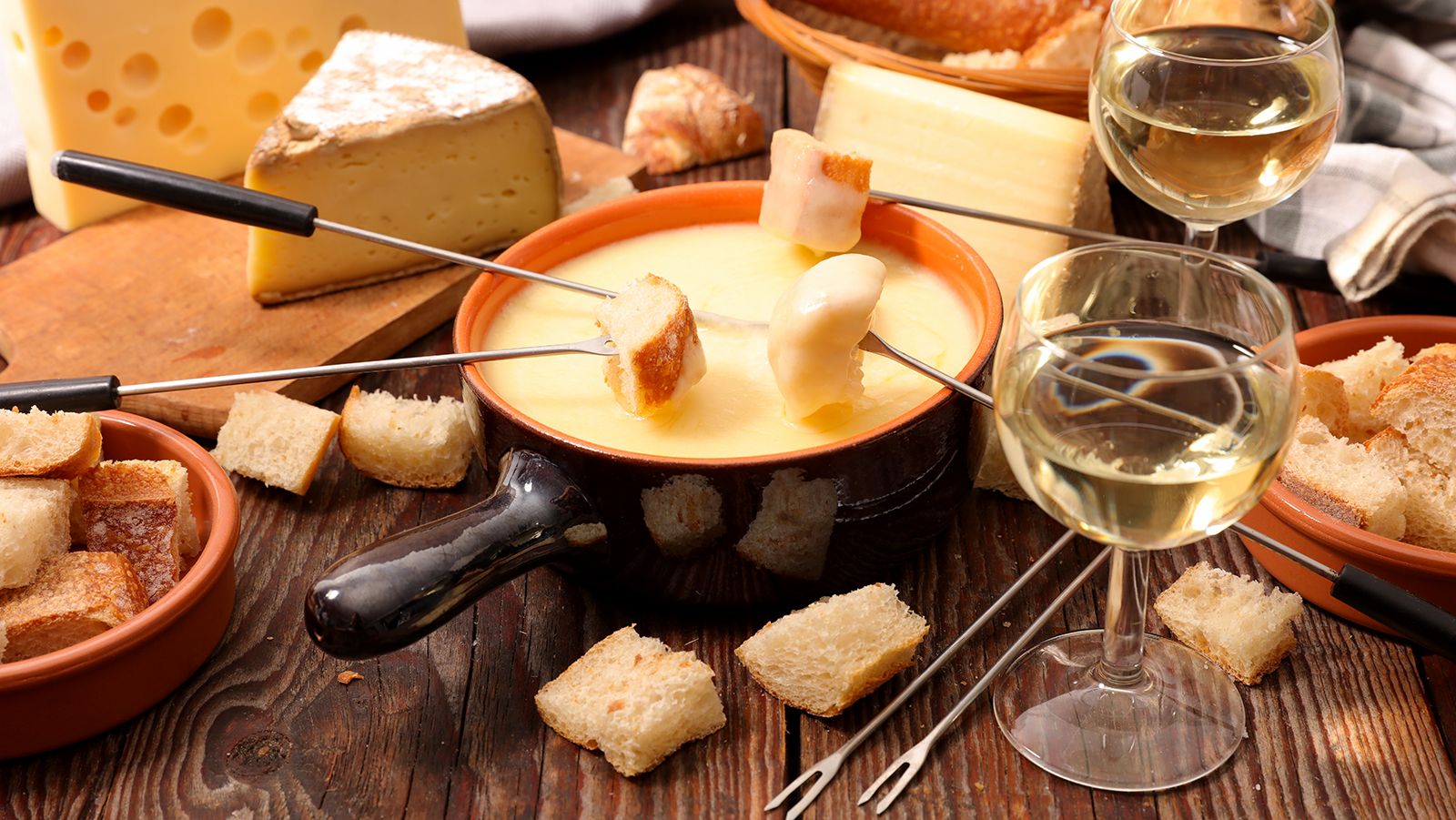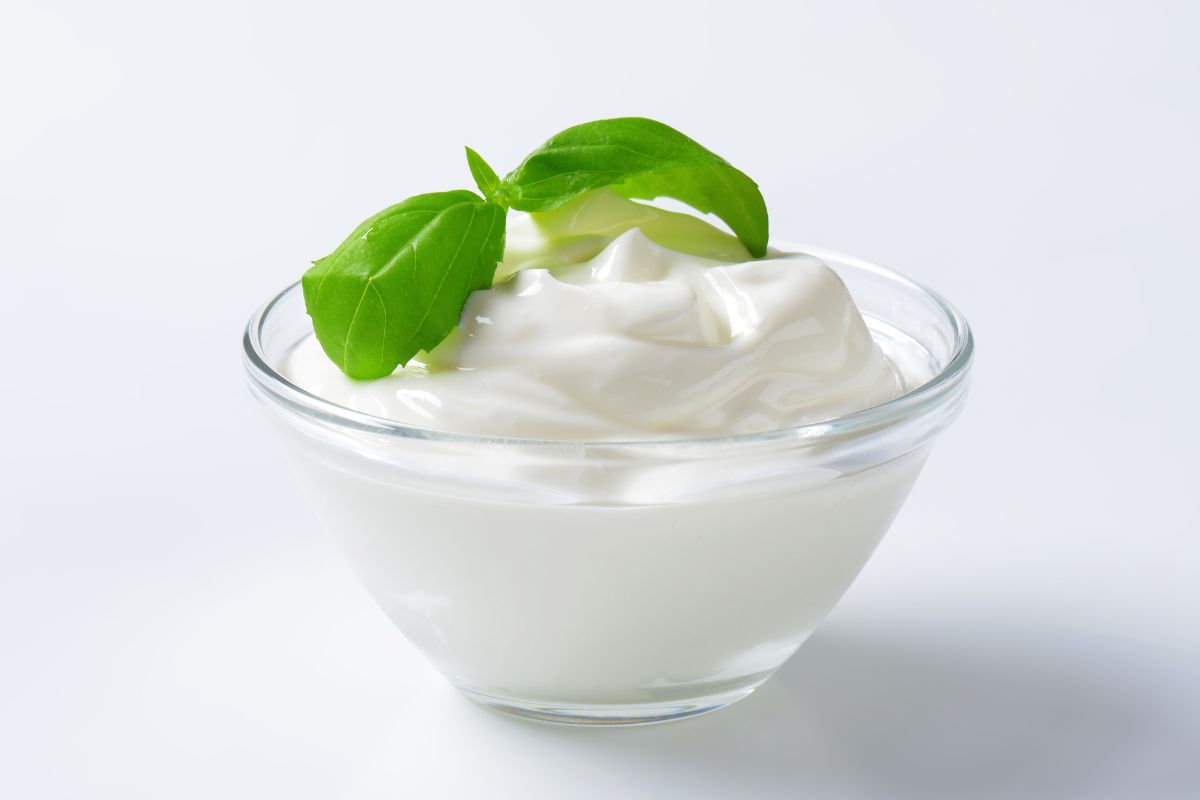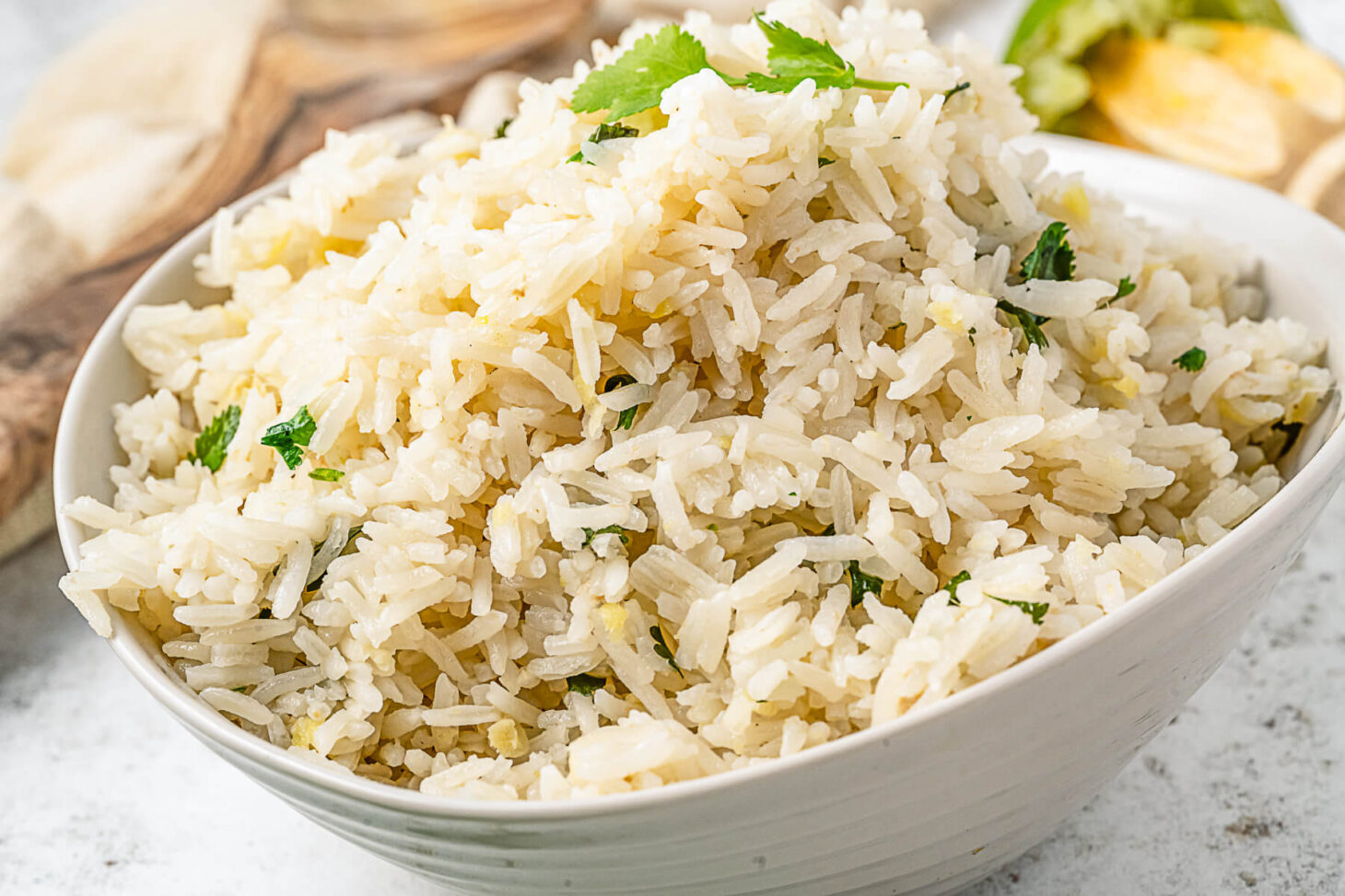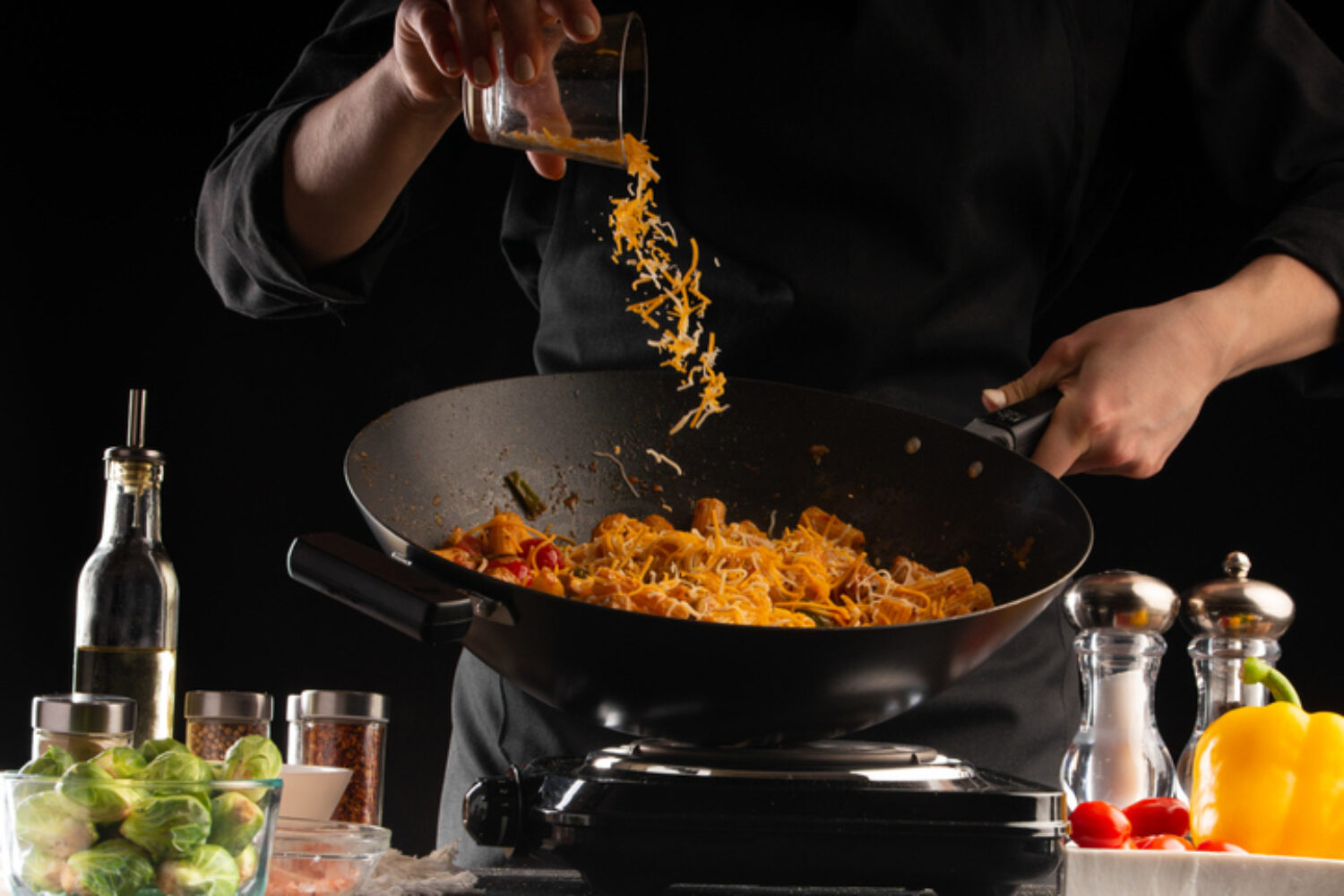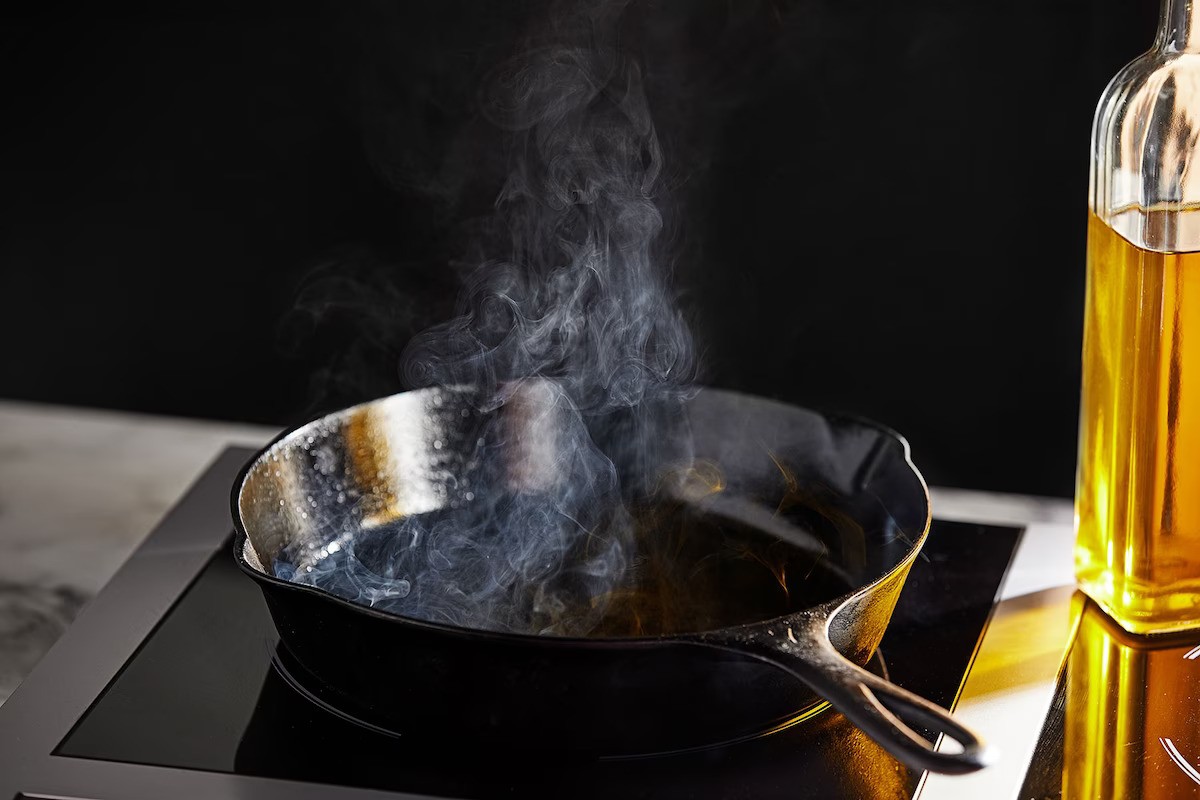Understanding the Difference Between Dijon and Yellow Mustard
Mustard is a popular condiment that adds a tangy kick to a wide variety of dishes. When you stroll down the condiment aisle at the grocery store, you may notice that there are different types of mustard available, including Dijon and yellow mustard. While they may look similar, there are some key differences between the two that can impact the flavor of your favorite dishes.
Yellow Mustard
Yellow mustard, also known as American mustard, is a staple in many households. It is made from yellow mustard seeds, vinegar, and turmeric, which gives it the bright yellow color that it’s known for. Yellow mustard has a mild and slightly tangy flavor, making it a versatile condiment that pairs well with hot dogs, sandwiches, and burgers.
Key characteristics of yellow mustard include:
- Bright yellow color
- Mild and slightly tangy flavor
- Commonly used on hot dogs, sandwiches, and burgers
Dijon Mustard
Dijon mustard originated in the city of Dijon, France, and is known for its distinct flavor profile. It is made from brown or black mustard seeds, white wine, and various spices. Dijon mustard has a smooth texture and a bold, spicy flavor with a hint of heat. It is often used in vinaigrettes, marinades, and sauces to add depth and complexity to the dish.
Key characteristics of Dijon mustard include:
- Smooth texture
- Bold, spicy flavor with a hint of heat
- Commonly used in vinaigrettes, marinades, and sauces
Key Differences
While both Dijon and yellow mustard are delicious condiments, there are several key differences between the two:
- Ingredients: Yellow mustard is made from yellow mustard seeds, vinegar, and turmeric, while Dijon mustard is made from brown or black mustard seeds, white wine, and various spices.
- Flavor: Yellow mustard has a mild and slightly tangy flavor, whereas Dijon mustard has a bold, spicy flavor with a hint of heat.
- Texture: Dijon mustard has a smooth texture, while yellow mustard may have a slightly grainy texture due to the use of mustard seeds.
- Usage: Yellow mustard is commonly used on hot dogs, sandwiches, and burgers, while Dijon mustard is often used in vinaigrettes, marinades, and sauces.
Conclusion
Both Dijon and yellow mustard have their own unique characteristics and flavors that can enhance the taste of various dishes. Whether you prefer the mild tanginess of yellow mustard or the bold spiciness of Dijon mustard, there’s no denying that mustard is a versatile condiment that adds a delightful zing to your favorite foods.
Next time you reach for a bottle of mustard, consider the differences between Dijon and yellow mustard and choose the one that best complements your dish!
